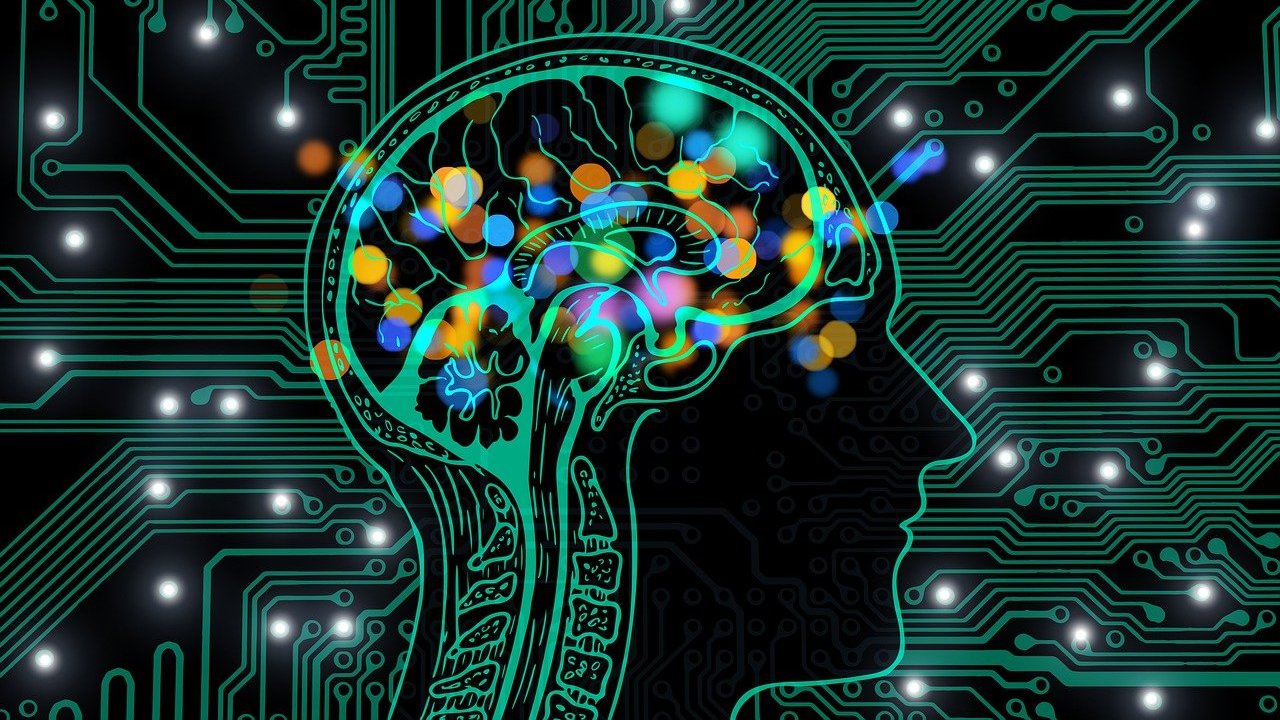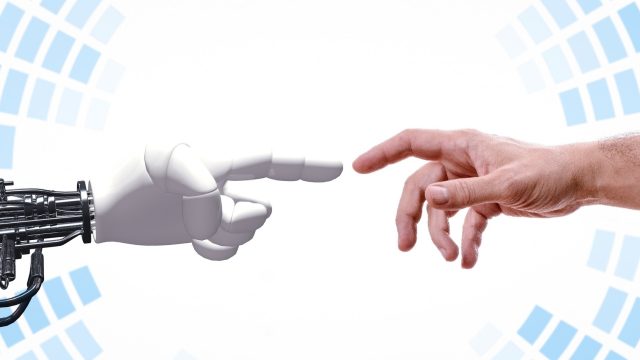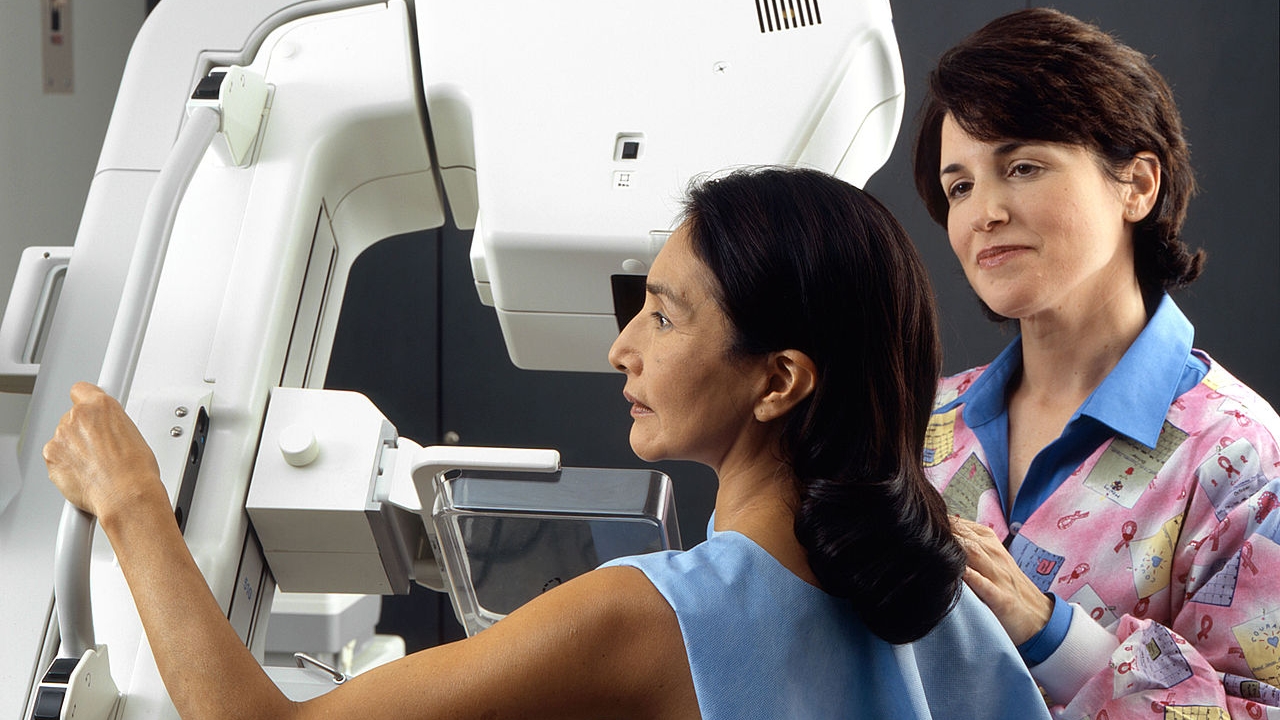
Artificial intelligence (AI) and knowledge management (KM): two sides of the same coin?
By Prof Hanlie Smuts and Dr Candice Borgstein.
The significant and fast-paced advances in digital technologies enable organisations to collect, store, and analyse structured and unstructured data on a colossal scale. Therefore, these digital technologies undertake to automate repetitive and labour-intensive work and knowledge work. By leveraging this association between the proliferation of knowledge and big data, many disciplines such as the management of information, operations and innovation, have contributed to vast knowledge generation; knowledge such as a better perspective of customer needs, business operations and customer services, which may have been unknown to the organisation without having access to big data and advanced analytics.
To become data-driven and turn internal and external big data datasets into actionable insight, an organisation must assimilate, integrate, and analyse data rapidly. It may require a transformation in the process.
Advanced analytics
According to the Gartner information technology glossary, advanced analytics refers to “the autonomous or semi-autonomous examination of data or content using sophisticated techniques and tools to discover deeper insights, make predictions, or generate recommendations”. Although various definitions exist for artificial intelligence (AI), this term generally incorporates the notion of achieving complex goals and solving problems by creating intelligent machines and applying machine learning (ML) to adapt to new situations and act in its particular environment. ML techniques are also well suited to discover the structure of a data set, the underlying patterns of a dataset or a model tailored to the data.
Data-driven decision making
Big data and advanced analytics have created a radical shift in how knowledge is defined, how information should be engaged, and how knowledge is constituted. Of significant practical and theoretical importance, is understanding the outcomes of emerging intelligent machine-knowledge worker reconfigurations. Organisations now conduct business based on the new technologies, challenging conventional division of labour between man and machine consisting of inter-related initiatives such as automation to diminish repetitive jobs, digitalisation of work to improve worker efficiency and AI to provide more reliable, useful, productive professional work.
Knowledge at the core of AI and KM
At their core, KM and AI are about knowledge. AI provides the mechanisms to enable machines to learn and allows machines to acquire, process and use knowledge to perform tasks and unlock knowledge that can be delivered to humans to improve the decision-making process. KM enables an understanding of knowledge, while AI provides the capabilities to expand, use, and create knowledge in ways we have not yet imagined. All these technical, scientific and social aspects involved in building, maintaining and using knowledge-based systems is known as knowledge engineering and is concerned with representing and implementing the expertise of a chosen application domain in a computer system.
Knowledge acquisition is an activity of knowledge engineering that is very important in the initial phase of system shaping for building the fundamental knowledge base, as well as in the application phase of the system for knowledge base updating. Initially, knowledge acquisition made explicit the human knowledge that is relevant for performing a task, so that it can be represented and become operational in an expert system. Consequently, knowledge acquisition and knowledge engineering are closely related to human cognition, which is studied in cognitive science.
Cognitive computing uses computerised models to simulate human thought processes and involves deep learning artificial neural network software that uses text data mining, pattern recognition and natural language processing to mimic the way the human brain works. In its initial form, knowledge engineering focused on the transfer process, transferring the expertise of a problem-solving human into a program that could take the same data and make the same conclusions.
The AI for KM (AI4KM) grid
There are 3 ways human–AI collaborations occur: automation, conversational interface optimisation, and insight generation. Automation refers to the deployment of AI systems to substitute for the role of human agents in performing a task e.g. AI systems can write articles about sporting events, both in a fraction of the time and at a comparable quality level as experienced sportswriters. Conversational interface optimisation enables human and AI agents to augment one another in order to perform a task e.g. chatbots, and insight generation, where human and AI agents are dynamically brought together to perform an emergent task i.e. the human and AI agents work as an integrated unit to perform the task e.g. e.g. financial advisors.
In order to provide an overview of the potential 2 sides of the AI and KM coin, we created an AI4KM grid. Knowledge management activities such as knowledge creation and acquisition, knowledge sharing and transfer, and knowledge application were considered across the 3 ways human-AI collaboration occurs.
| Knowledge creation and acquisition | ||
| Automation | Conversational interface optimisation | Insight generation |
AI systems:
|
|
AI:
|
Knowledge creation and AI define the rules and ontologies required for knowledge-based systems. Knowledge-based systems are based on the initial process of finding and interviewing domain experts and capturing their knowledge via rules, objects, and frame-based ontologies. Now, AI is applied to search for possible solutions, mining the information hidden in the data, making models of human intelligence, and building machines that simulate intelligent human behaviour.
| Knowledge sharing and transfer | ||
| Automation | Conversational interface optimisation | Insight generation |
AI:
|
|
AI systems:
|
AI and KM transformed the process of knowledge sharing and transfer as AI is used to scale the volume and effectiveness of knowledge distribution. Effective knowledge distribution is achieved by predicting trending knowledge areas and identifying targeted knowledge areas based on real-time employee engagement and content consumption.
| Knowledge application | ||
| Automation | Conversational interface optimisation | Insight generation |
AI:
|
|
|
Knowledge application is the process through which individuals utilise knowledge held by others without actually acquiring that knowledge. This is achieved through expert systems, decision support systems, advisor systems, fault diagnostic systems, and many more, in instances where normally one or more human experts would need to be consulted.
Examples of AI-related KM applications
AI-related KM applications can be found in many examples, to varying degrees. In the education sector examples include automating administrative duties, such as grading exams and providing responses to students, automation of classification and processing of paperwork, smart tutoring systems, and smart content.
In manufacturing the detection of failures or faults is of great benefit to organisations. Examples from three motor vehicle manufacturers elucidate this approach. General Motors uses a computer vision system to analyse images from cameras mounted to assembly robots to spot any early indications of a failing robotic part, which helps prevent downtime costs. BMW analyses component images from its production line for real-time identification of deviations from the standard product quality. Nissan ensures compliance with new regulations by retaining the effect of modifications to existing cars, and then using this information when designing its new cars. Building the feedback and learnings of the AI-related tasks mentioned above into a KM system allows for detection and an integrative approach for KM in manufacturing.
The healthcare industry uses AI in a multitude of applications. Using a holistic AI-KM approach the Geneva University Hospitals (HUG), a leading Swiss healthcare provider, uses the IBM Watson Health’s precision oncology offering, called Watson Genomics®. HUG uses Watson Genomics® to more quickly categorise massive bodies of genomic data for various cancer types and scale precision oncology for their patients. Oncologists can provide patients with more personalised, evidence-based cancer care. Using information extracted from peer-reviewed articles and validated by experts, Watson Genomics® produces a report for physicians classifying genetic alterations in a patient’s tumour and provide associated therapies and clinical trials for the actionable ones.
In a recent presentation on the World Bank’s knowledge programme, Margot Brown, Director of Knowledge Management at The World Bank Group, explained their use of AI to enhance their KM offering. The World Bank’s knowledge management team pinned down the core activity of the bank and its unmet needs: reusing existing knowledge when leading a new project. Over the years the World Bank has run over 22,000 projects. Manually sorting all the information from various projects and offering the top-ten projects to be considered, together with the most relevant information and knowledge in each is a lengthy process. The World Bank Pre-design Knowledge Package (KP) is a compendium of knowledge gathered from multiple sources, focusing on different aspects of past projects through a KM-AI approach. Knowledge identification is done using a combination of advanced unsupervised machine learning algorithms, and manual knowledge curation.
In conclusion, the AI4KM grid advances new methods for organising, accessing, and exploiting multidisciplinary knowledge. Just as knowledge impacts organisational performance and their capacity to innovate, AI brings additional knowledge modelling, knowledge processing, and problem-solving techniques. AI and KM – two sides of the same coin!
Biographies
 |
Prof Hanlie Smuts is an associate professor in the Department of Informatics at the University of Pretoria since 2017. During her tenure in industry, her role aimed to deliver consistent customer relevance across all digital touch points, empower customers through convenient and effective self-service, and drive growth through personalised digital offerings and adjacent ecosystems. Her current lecturing and research focuses on IT and the organisation, with particular emphasis on society 5.0, digital transformation, big data management, artificial intelligence and knowledge management. Dr Smuts is the deputy chair of the Knowledge Management South Africa (KMSA) board and has published several papers and book chapters in her field of study. |
 |
Dr Candice Borgstein is a Knowledge and Communication Design Specialist, with 15+ years’ experience managing and designing strategic communications for a variety of private and non-for-profit stakeholders. Currently she leverages her skills and expertise to demonstrate communications are an instrumental function in any organisation and contributes to knowledge sharing. She deems this to ultimately facilitate information that is appropriate, promotes advocacy, builds reputations, and allows for the development of organisations that are resilient, productive, and well-positioned regarding knowledge to attract investment and realise their goals. Dr Borgstein is a member of the Knowledge Management South Africa (KMSA) board and is chair of the KMSA AI Committee. |
Header image source: Gerd Altmann on Pixabay, Public Domain.







Really good read, interesting to learn of the World Banks application of AI to improve the engagement with their organisations existing knowledge.
Great article – AI and KM simplified and alignment clarified. Love the grids and examples.
Thank you Prof Hanlie and Dr Candice
Good day Prof
My name is Cassidy Hendricks
What are the multidisciplinary of KM , and the approaches of KM
Thank you